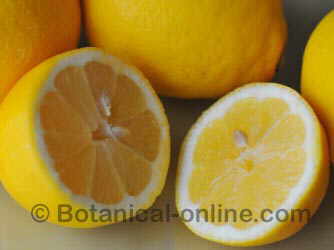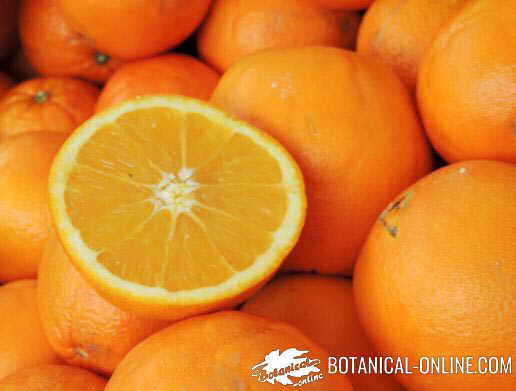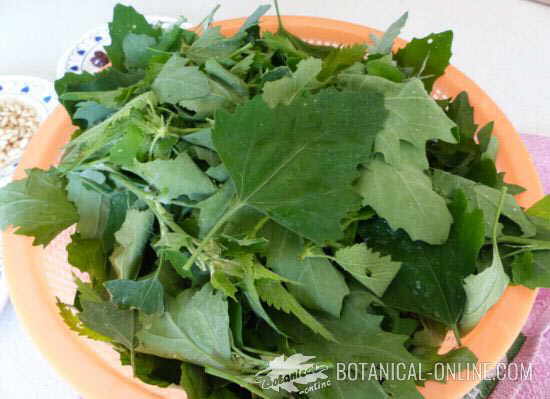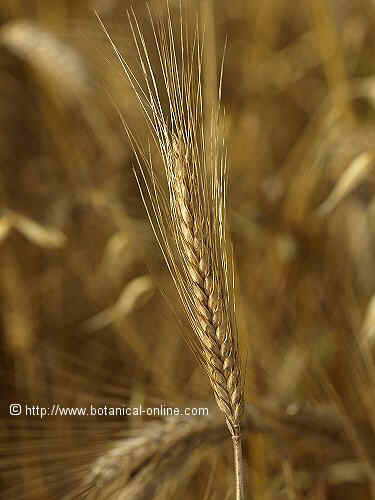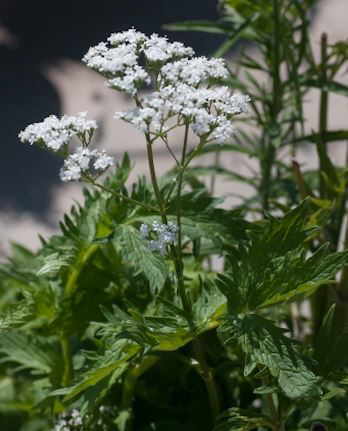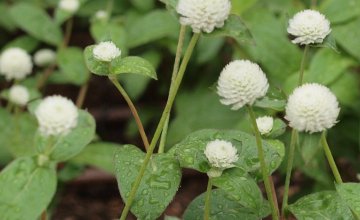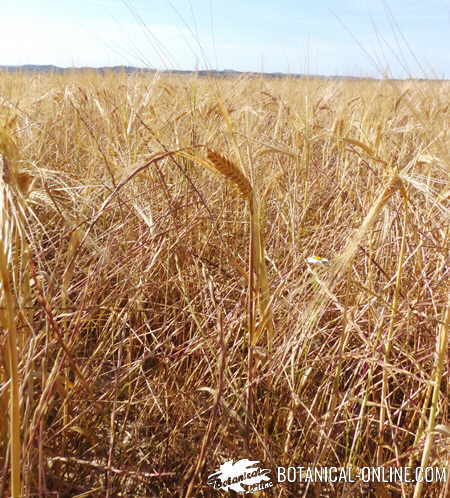What pests affect the cultivation of tomatoes?
Main plagues or pests of tomatoes
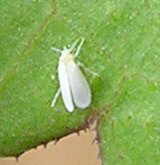
Among the main pests that affect tomato we have the following:
- Whitefly (Bemisia spp.): It is the main tomato disease grown in greenhouse. These are insects that suck the sap from the plants they parasitize. In addition to attacking the own tomato weakening it, it constitutes the main vector of transmission of other diseases like the yellow Mosaic of the tomato It is a plague that develops a lot. It can be controlled by a suitable insecticide or apply other biological controls such as wasps (Eucrasia formosa), mites (Amblyseius swirskii) or bugs (Macrolophus caliginosus).Among the most effective prevention measures are the cleaning of nearby weeds where these insects can breed or the rotation of the tomato with other crops resistant to the pest such as peppers, corn or onions.
- Caterpillars of tomato: They are the larvae of two insects : cotton bollworm or corn earworm (Helicoverpa armigera = Heliothis armigera) and plusias, such as bordered straw (Heliothis peltigera) . In addition to tomatoes, they usually attack peppers, corn, soybeans, alfalfa, etc. In the case of tomatoes, they cause great damage to young leaves to flowers and fruits. Perforations appear in the fruit while the leaves or flowers are nibbled.The prevention of this pest can be done by placing screens that prevent the insect from reaching the plants, cleaning weeds where insects usually live or using traps, such as light traps and feronomes.The treatment of these pests involves the use of insecticides, bait plants at the base of the plants. A biological insecticide such as Bacillus thuringiensis var. kurstaki which is only valid for young larvae. This bacillus prevents the young caterpillar from feeding so it dies. It has no use against eggs or adult larvae.
- Defoliating insects: Their presence in greenhouses is be very high. They feed mainly on leaves, although they can attack the outer part of the fruit. Among them the most important are: Autographa gamma, Spodotera exigua or Chrysodeixis chalcites. The handling of this type of pests is the same as that mentioned for the caterpillars.
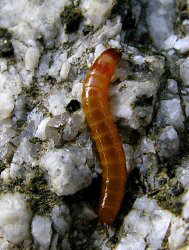
- Wire worm
- Agriotis or gray worms: turnip moth (Agrotis segetum) or large yellow underwing (Noctua pronuba) They are lepidoptera whose gray larvae feed at night in the lower part of the stems, which produces a weakening and possible death of the plant. The treatment of this pest involves the use of insecticides or bait traps.
- African cotton leafworm, Egyptian cotton leafworm or Mediterranean Brocade: (Spodoptera littoralis) It is a lepidopteran whose dark colored larvae feed on the stems and leaves of vegetables and grass. During the day they remain on the ground or under the leaves, wrapping their bodies in a way that reminds them of a black donut, hence the characteristic name of “black donut” in some places. It is fought by insecticides or bait traps.
- Spider mites: Pertaining to the genus Tetranychidae (Tetranychus turkestani and Tetranychus urticae) are responsible for the destruction of many leaves. It manifests in the form of yellow spots on the underside that acquire a reddish tone above.A warm and dry environment encourages the development of these pests, so it is recommended to increase the aeration of the crops and maintain a constant and high level of environmental humidity.Once detected the presence of these pests should be treated with acaricides. Among the biological treatments are: lacewings, the bug Macrolophus caliginosus, other mites such as Neoseiulus and Phytoseiulus persimilis.
- Tomato rust: It is a pest produced by the eriophid tomato russet mite (Aculops lycopersici). Unlike red spiders that are visible to the eye, eriophids are tiny, invisible mites.It is a type of pest that produces the yellowing of the leaves produced by the effect of the toxins introduced in them. Other times the damages are manifested in the form of smaller fruits or in the general weakening of the plant.There is no biological control for this pest, so acaricides should be used. Another way to prevent the attack is to sprinkle the crop with sulfur always bearing in mind that with great solar radiation it can damage the plant. To eradicate the pest, the affected parts must be removed and burned.As with red spiders, moisture and heat must be controlled.
- Aphids: They feed on the sap of plants, weakening them or transmitting diseases, among them mosaic viruses. In the case of tomato, the main species are cotton aphid (Aphis gossypii), peach-potato aphid ( Myzus persicae) and Macrosiphum euphorbiae. The first one is black and the second two are green.
- Tomato bug: Attacks the tomatoes at the time of maturation. It produces wounds in them that serve as a source of entry for other diseases, especially of a fungal nature. In the fruit you can perceive its presence because spots and deformations appear.
![]() More information on tomato cultivation
More information on tomato cultivation
This article was endorsed by Julián Masats - Technical agricultural engineer specialized in horticulture and gardening.

